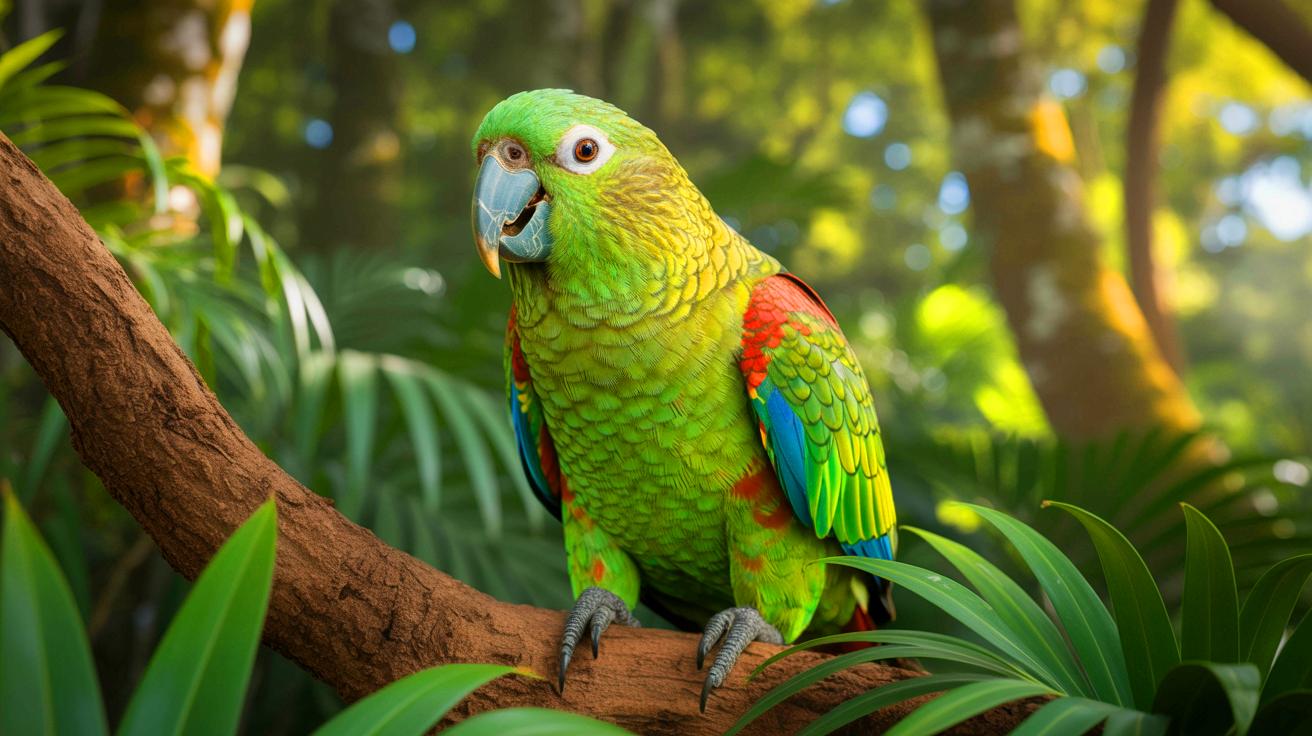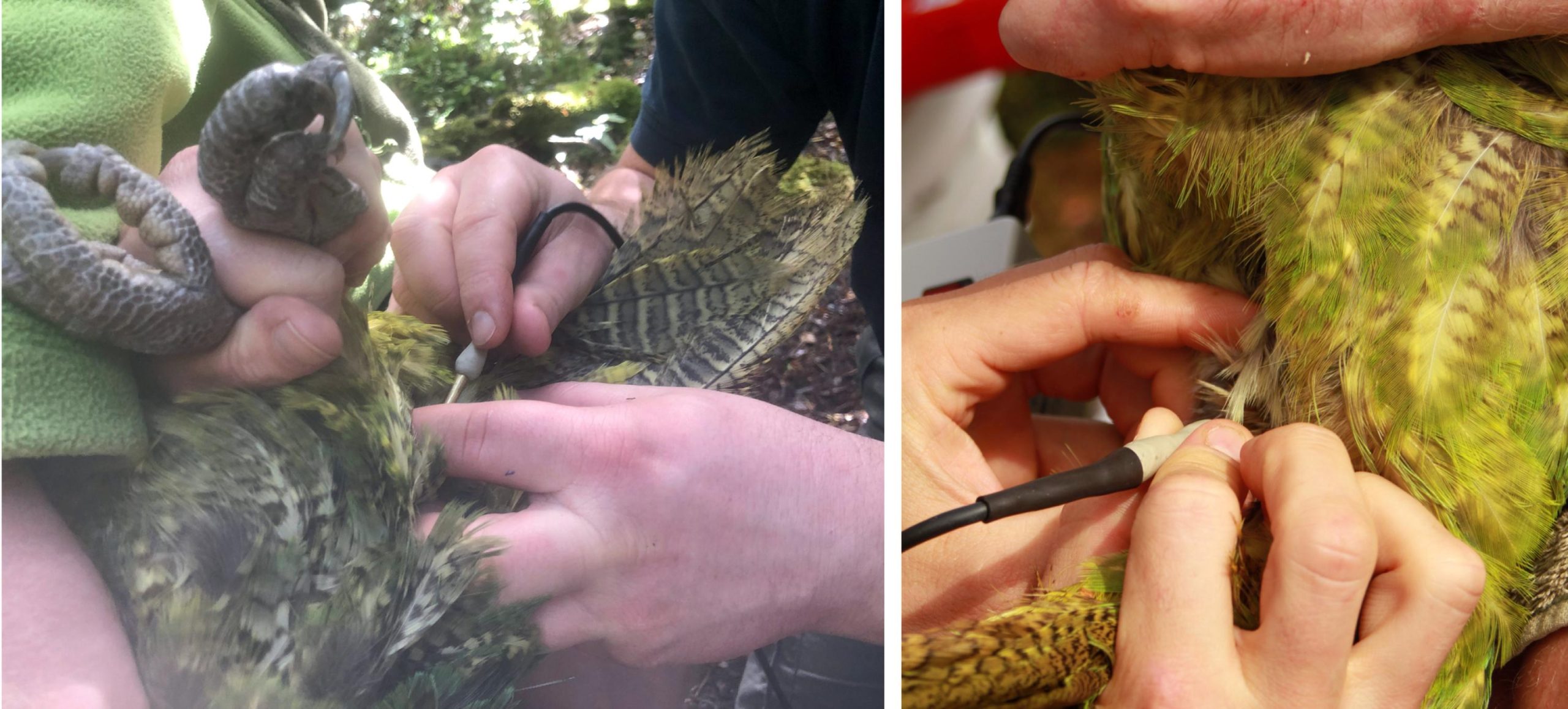- 🌍 Global crisis: Over 1,300 bird species face extinction due to habitat destruction and climate change.
- 🦜 Kākāpō conservation: Innovative artificial insemination techniques have boosted fertility rates from 29.4% to 70%.
- 🧪 Scientific breakthrough: Researchers used a novel semen collection method combining abdominal massage and electric stimulation.
- 🔍 Future implications: This method could become a standard tool in global avian conservation efforts.
In a world where many bird species face the grim specter of extinction, a groundbreaking conservation effort in New Zealand offers a beacon of hope. Researchers have made significant strides in addressing the challenges faced by the critically endangered Kākāpō, a flightless parrot native to the region. This conservation success story is not just about saving a species; it’s about pioneering techniques that could have far-reaching implications for global avian conservation. Through the innovative use of artificial insemination, scientists have achieved remarkable results, breathing new life into the Kākāpō population and providing a template for future conservation efforts.
Kākāpō Struggle With Low Fertility and Invasive Predators
The plight of the Kākāpō is emblematic of the challenges faced by many endangered species. As the world’s largest parrot and one of the few that cannot fly, the Kākāpō once thrived across the lush landscapes of New Zealand. However, the arrival of Europeans and the introduction of invasive species such as rats, weasels, and stoats have decimated their numbers. Today, fewer than 250 Kākāpō remain, making every chick a critical addition to the population.
Compounding these challenges is the Kākāpō’s unique reproductive strategy. They are slow breeders, relying on a lek-breeding system where males create bowl-shaped depressions and call out to attract females. This intricate process is susceptible to disruption from modern threats like predation and a limited gene pool. These circumstances have made conservation efforts all the more urgent.
New Artificial Insemination Method Marks Major Milestone
The quest to assist Kākāpō reproduction through artificial means began in earnest in 2009. Previous attempts were stymied by issues such as poor semen quality and high embryo mortality rates. However, recent innovations have turned the tide. The latest breakthrough involved a novel semen collection technique that combines abdominal massage with electric stimulation. This approach allowed researchers to collect high-quality semen from 20 male Kākāpō, which was then used to inseminate 12 females.
The results were nothing short of remarkable. Fertility rates soared from 29.4% to an impressive 70%. This dramatic increase led to the birth of four new chicks, each a testament to the potential of this enhanced artificial insemination method. Such success is a testament to the dedication and expertise of the team involved, and it underscores the viability of this approach for other endangered species.
Chick Births Offer New Hope for Conservation
The birth of new Kākāpō chicks marks a significant milestone in the ongoing battle for conservation. The research team expressed optimism in their published study, noting that their method provides a viable avenue for increasing fertility in endangered birds like the Kākāpō. As they refine this technique, the potential for broader application in avian conservation becomes increasingly apparent.
Plans are already underway to apply this method in the next breeding season, with the hope that it will become a standard tool in global conservation efforts. The success of this initiative not only boosts the Kākāpō population but also offers a blueprint for similar efforts worldwide. This achievement highlights the critical role of scientific innovation in reversing extinction trends and safeguarding biodiversity.
From Near Extinction to Cautious Optimism
While the increase in Kākāpō numbers is encouraging, the species’ survival remains precarious without continued human intervention. The recent breakthrough demonstrates that targeted reproductive assistance can indeed make a difference, even for species seemingly on the brink of extinction. As threats to bird biodiversity continue to grow globally, methods like artificial insemination could play a pivotal role in conservation strategies.
The findings of this study, published in the open-access journal PLOS ONE, offer hope and inspiration to conservationists around the world. They serve as a reminder that with dedication, innovation, and collaboration, it is possible to change the trajectory for endangered species. As we look to the future, one must ask: how can we leverage these advancements to preserve biodiversity for generations to come?
Our author used artificial intelligence to enhance this article.
Did you like it? 4.6/5 (30)

